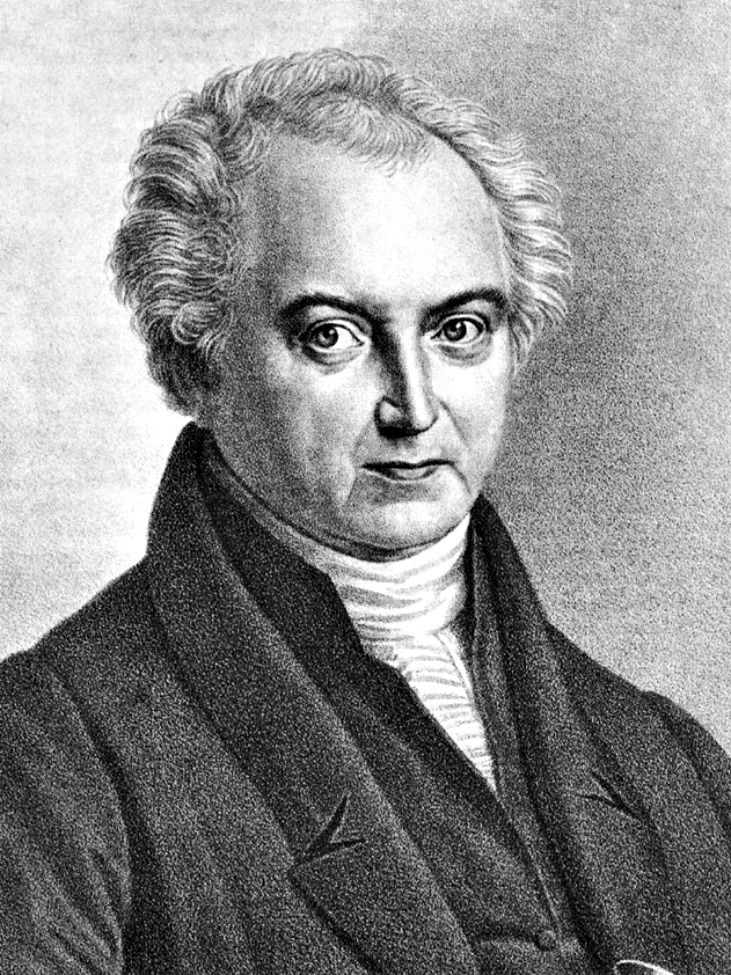My father passed away last week at age 88. This essay I finished early last year is largely about him.
Dark Sky
I
On a clear, moonless night, 7,000 feet high on the Colorado Plateau, I stand in my backyard in Torrey, Utah looking at the heavens. When I shift my gaze to the ground, I realize I can see my shadow. I move my arm about to see if a shadow is really what I am seeing. The shadow moves. The night seems inky dark. There is no artificial light anywhere. I laugh under my breath. How could there be a shadow? The only light is coming from the summer Milky Way arcing overhead.
I don’t believe there are many people who have seen their shadow by starlight and that is a shame. In most of the country and much of the world people live in places where the skyglow caused by errant urban light makes it impossible to see the Milky Way. When I was born there were slightly fewer than 3 billion people on the planet. Now there are almost 8 billion and it shows in the sky. Satellite photos of the earth at night taken over the past decades show the expansion of light creeping like a fungus growing in a petri dish. As Joni Mitchell sang in my youth, Don’t it always seem to go, that you don’t know what you’ve got till it’s gone. That dark sky over my head in Torrey is becoming a lost resource. Another vanishing piece of wildness.
My father has been an avid amateur astronomer and astro-photographer since the early 1980’s. The technology of telescopes was improving fast in those days, prices were starting to come down, and Dad was an early adapter of the new technologies. In 1986 when Halley’s comet was making its once every 75 year rounds past Earth, Dad invited a buddy and me to join him in the dark skies of southern Utah to take a look through his telescope. We went to Canyonlands, south of Moab. Standing outside his motorhome the night was thick with dark, the Milky Way swept overhead, and Halley’s hung in the middle of the south sky with its tail pointing up and away to the northwest. The view through the telescope did not disappoint and my buddy and I laughed as we tried and failed to keep the comet in the telescope’s crosshairs. I could see the attraction to Dad’s hobby but I was busy with a budding family and career and did not see the telescope again until 20 years later. By then Dad had reconverted in a fundamental way to religion and there was a growing distance between us. “I still have that old telescope, the orange tube C8,” he told me. “You can take it if you want to.” That was all the instruction I got, but I took him up on the offer.
Continue reading →Like this:
Like Loading...











